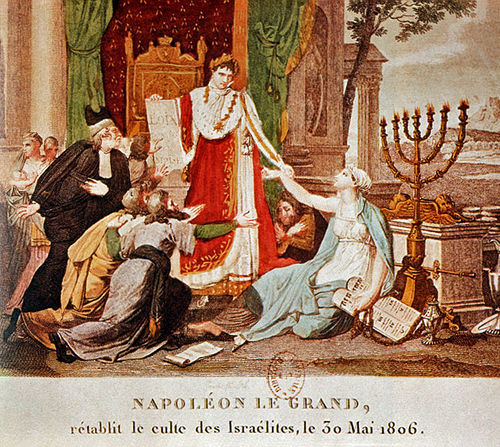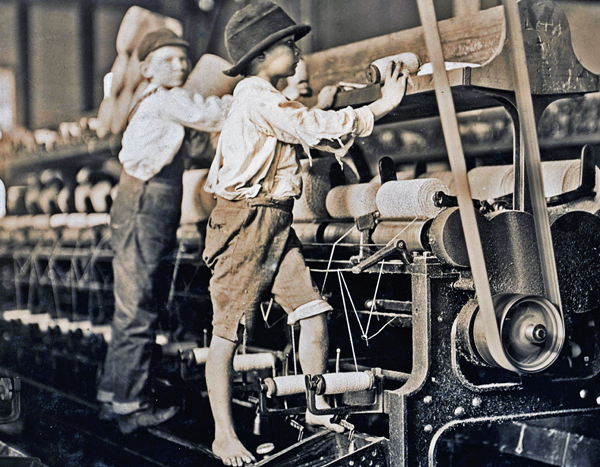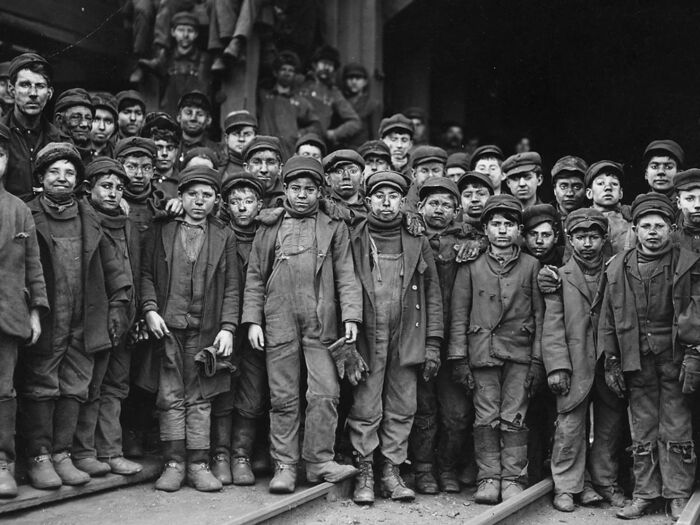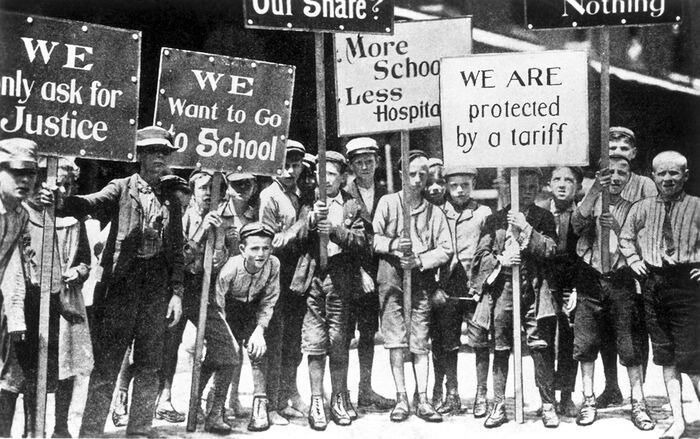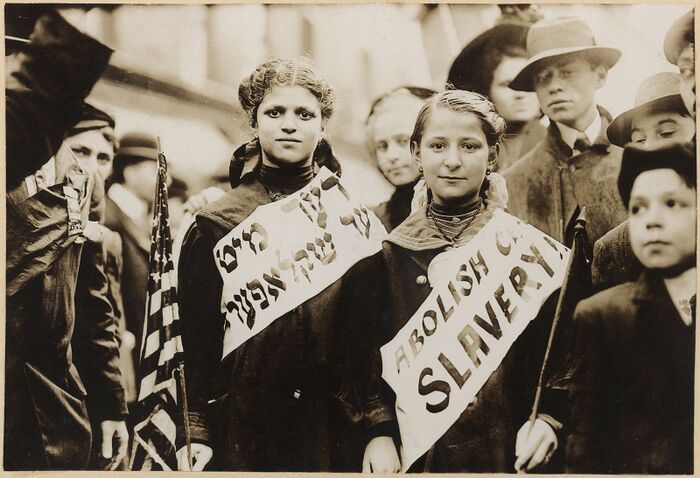Emancipation
As a consequence of the French Revolution and the Napoleonic Age, Jews in Western Europe (and the United States) were "emancipated":
- Citizenship - End of forced segregation (abolishment of the ghettos) - Access to public education (primary schools, State universities, etc.) - Access to State administration
No longer forced to live in segregation, Jews had to decide how to be part of the national States.
The Emancipation created a completely new situation. Now citizens of their own countries, Jewish children might attend public schools.
Three models of reaction.
(1) Self-segregation. Some conservative Jewish communities reacted by confining their children in their own traditional religious schools, with little contact with secular culture.
(2) Full integration. Jewish children were sent to public schools. Their religious and ethnic identity was entrusted to after-school programs, as well as sport clubs, cultural associations, summer camps, orphanages, etc. specifically designed for the Jewish youth.
(3) Partial integration. Private Jewish day schools were created that combine both religious and secular education and are recognized by the State.
Emancipation did not mean the end of prejudice.
Child Labor
The Industrial revolution meant an increase in child exploitation. Industry needed a lot of unskilled laborers and children were the cheapest. They worked hard to support themselves and their families and were expendable. They work 12-15 hours a day, receiving very low wages.
At the same time children (including girls) gained more independence outside their families. They began fighting for their own rights.
